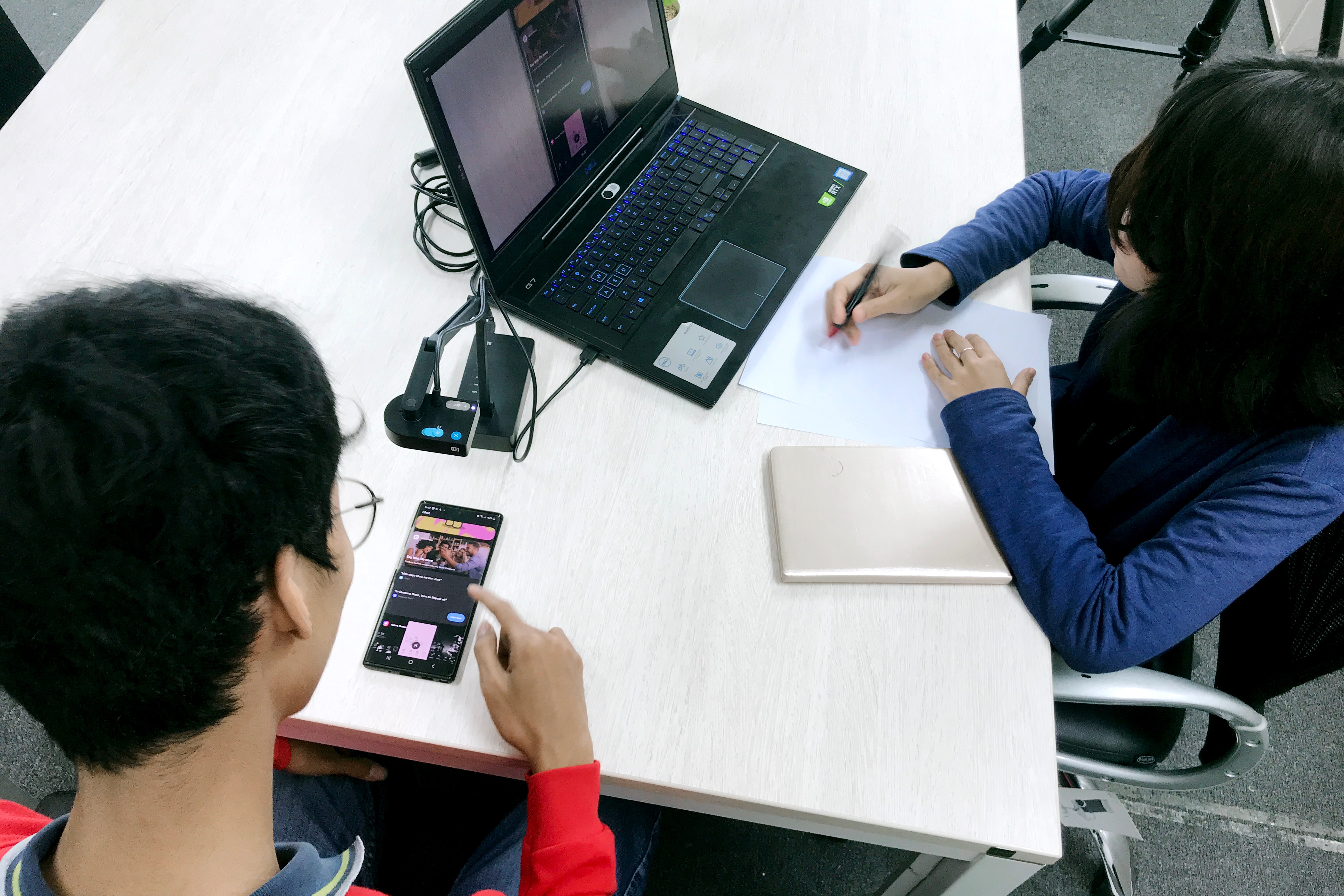Conducting user research supports informed decision making for a digital product and can have an impact not just on good user experience but on business outcomes. However, the effectiveness of research can be compromised by various biases that can distort data and skew insights. Recognising and addressing these biases is important to establish accurate insights and positive product outcomes. In this blog, we'll explore some common types of bias in research, the impact they can have on organisations and how to mitigate them.
Why is mitigating bias important?
The use of flawed or biassed research can result in decisions that fail to resonate with the target audience, ultimately affecting customer satisfaction and business performance. User research isn’t just nice to have but a core starting point of a project that guides decisions throughout the design process which ultimately increases user satisfaction and retention. Using a user-centric approach supports alignment with the target audience and de-risks projects before development work starts.
Types of bias and their implications
False Consensus Bias: False consensus bias involves assuming others think and perceive the world in the same way we do. This is an unconscious bias and leads people to overestimate that their own beliefs, values and behaviours are shared with others. In some cases, this can lead companies to conclude that research is not worth their time as they know what users want. Unfortunately, this usually leads to a misalignment between the product and the end user.
Confirmation Bias: Confirmation bias is the tendency to focus on information that confirms a person's preconceptions or assumptions while disregarding conflicting information. Evaluating new information and forming new beliefs can take time and challenge us, so our brain looks for a shortcut which can lead to inaccurate decision making. Confirmation bias is common when assessing data or speaking with users which can lead to filtering incorrect data and cause a ripple effect of flawed decision making.
Selection Bias: Selection bias occurs when the participant sample does not represent the target audience, resulting in skewed findings. This often happens when opting for convenience over representativeness, such as recruiting friends or coworkers as participants which can compromise the integrity of research outcomes. To mitigate selection bias, user researchers will recruit a representative participant pool that aligns with the characteristics of the target audience.
Hawthorne Effect: The Hawthorne effect refers to when participants may change their behaviour within a study because they are aware they’re being observed. This bias can impact the authenticity of findings as users are unable to act naturally during the study. Facilitating a supportive and non-judgemental research environment and setting natural tasks can help mitigate this effect encouraging participants to behave naturally for a more genuine response.
Social desirability Bias: Social desirability bias occurs when participants provide responses that align with social norms or expectations rather than expressing their true beliefs or behaviours. Sensitive or taboo subjects could prompt this, for example ‘how often do you exercise?” may trigger a participant to embellish the truth. Another example is a participant may act overly positive if neutrality isn't established by an interviewer in a research study, which impacts the information analysed which is then used for further decisions.

The role of user researchers in mitigating bias
User researchers play a key role in identifying, understanding, and mitigating biases. User Researchers carefully plan their studies by outlining their hypothesis, understanding who they’re targeting, using triangulation methods to validate results and creating a neutral but comfortable research environment for participants. Using this approach supports bias mitigation and an understanding of insights that can convert into actionable outcomes within the design process.
In summary
Effective research is the foundation of informed decision-making in user experience design. By recognising and addressing biases in research activities, organisations can avoid costly errors and create products that truly resonate with their target audience. User researchers play a pivotal role in this process, employing their expertise to navigate biases and surface valuable insights that drive positive product outcomes. Fruto has ample experience in both qualitative and quantitative methods of user research. If you would like to discuss how we can help you design your next research project, get in touch!





